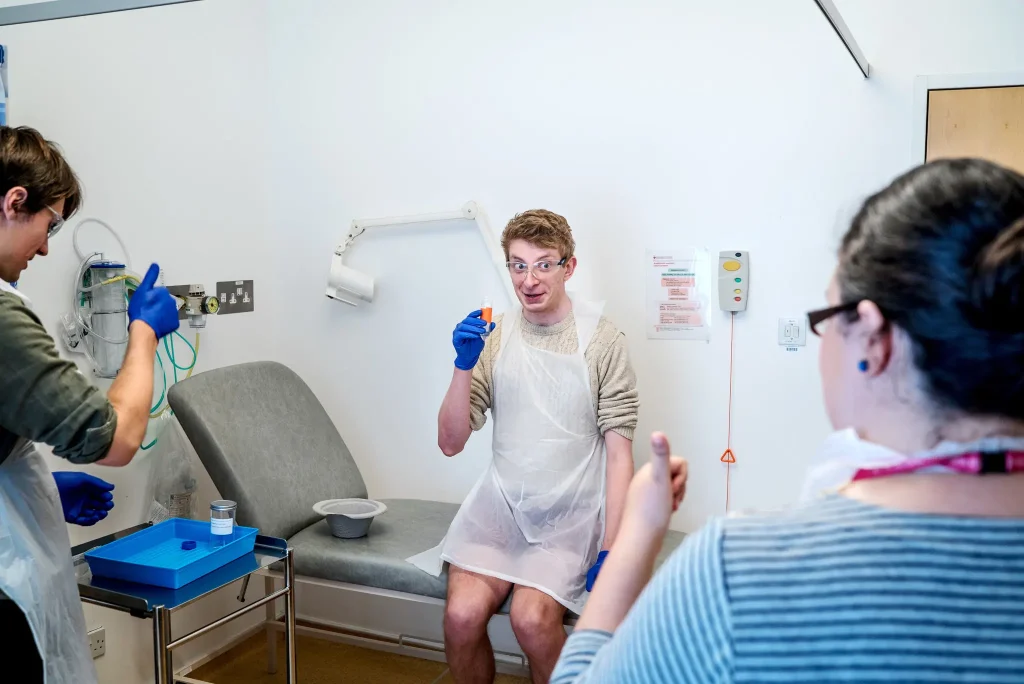In Openness to Creative Destruction, I argue for the possibility and desirability of a “robustly redundant labor market” in which workers can usually quickly find an equally good or better job when they lose their current job.
(p. A6) . . . one characteristic of today’s economy is that job cuts at small startups and large companies have yet to dent the overall labor market. Labor demand is still historically strong, offering only faint signs of cooling. There are nearly two job openings for every unemployed person seeking work. That means many workers who are losing their jobs are quickly landing jobs. Some are even weighing multiple offers and accepting positions that pay more and better align with their skills.
. . .
Employers had 10.7 million unfilled jobs in June [2022], down from a record of 11.9 million in March, but still well above the 7 million job openings in February 2020 ahead of the pandemic, when the labor market was also booming.
Job-openings rates across industries are much higher than before the pandemic hit, suggesting companies still need workers even in sectors where company layoffs have been pronounced, such as technology, real estate, finance and insurance.
Longer periods of unemployment can allow job seekers more time to search for roles that match their skill sets, some economists say. But with job opportunities so abundant, many unemployed workers are finding jobs that suit them within a matter of weeks or even days.
For the full story see:
(Note: ellipses and bracketed year added.)
(Note: the online version of the story has the date August 24, 2022, and has the title “The Surprise in a Faltering Economy: Laid-Off Workers Are Quickly Finding Jobs.”)
My book mentioned above is:
Diamond, Arthur M., Jr. Openness to Creative Destruction: Sustaining Innovative Dynamism. New York: Oxford University Press, 2019.


